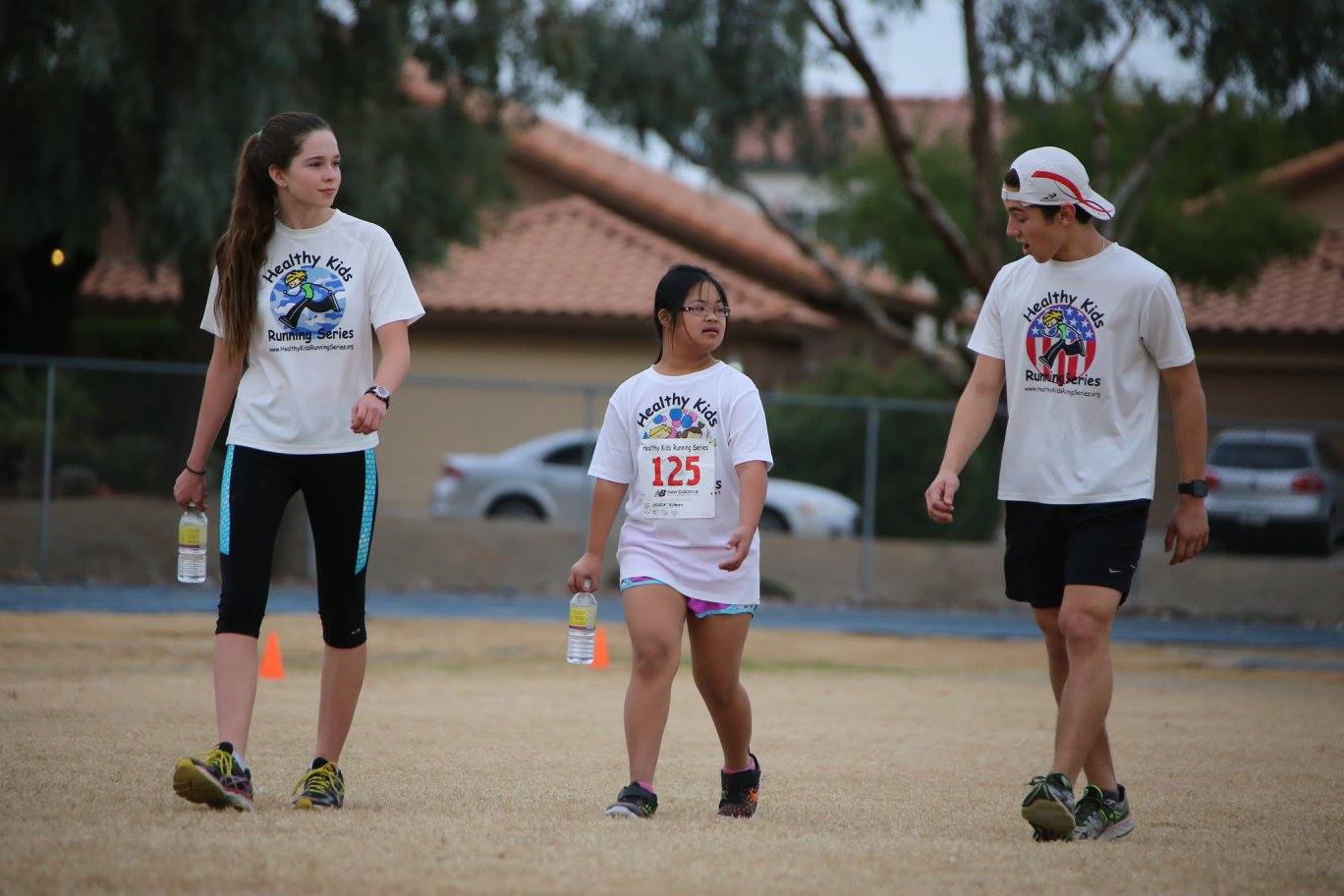
Last week we talked about maintaining a healthy weight through physical activity. Why it’s important and what to do in terms of exercise to maintain your weight. Today we’ll dive a bit deeper into the topic and look at how you can make physical activity a part of your child’s life – after all, there are 355 days a year that they’re not running in our program!
How is it possible for my child to meet the Guidelines?
Many physical activities fall under more than one type of activity. This makes it possible for your child to do two or even three types of physical activity in one day! For example, if your daughter is on a basketball team and practices with her teammates everyday, she is not only doing vigorous-intensity aerobic activity but also bone-strengthening. Or, if your daughter takes gymnastics lessons, she is not only doing vigorous-intensity aerobic activity but also muscle- and bone-strengthening! It’s easy to fit each type of activity into your child’s schedule – all it takes is being familiar with the Guidelines and finding activities that your child enjoys.
What can I do to get – and keep – my child active?
As a parent, you can help shape your child’s attitudes and behaviors toward physical activity, and knowing these guidelines is a great place to start. Throughout their lives, encourage young people to be physically active for one hour or more each day, with activities ranging from informal, active play to organized sports. Here are some ways you can do this:
- Set a positive example by leading an active lifestyle yourself.
- Make physical activity part of your family’s daily routine by taking family walks or playing active games together.
- Give your children equipment that encourages physical activity.
- Take young people to places where they can be active, such as public parks, community baseball fields or basketball courts.
- Be positive about the physical activities in which your child participates and encourage them to be interested in new activities.
- Make physical activity fun. Fun activities can be anything your child enjoys, either structured or non-structured. Activities can range from team sports or individual sports to recreational activities such as walking, running, skating, bicycling, swimming, playground activities or free-time play.
- Instead of watching television after dinner, encourage your child to find fun activities to do on their own or with friends and family, such as walking, playing chase or riding bikes.
- Be safe! Always provide protective equipment such as helmets, wrist pads or knee pads and ensure that activity is age-appropriate.
What if my child has a disability?
Physical activity is important for all children. It’s best to talk with a health care provider before your child begins a physical activity routine. Try to get advice from a professional with experience in physical activity and disability. They can tell you more about the amounts and types of physical activity that are appropriate for your child’s abilities.
To see more information from the CDC and view examples of how children and adolescents meet their guidelines, visit http://www.cdc.gov/physicalactivity/basics/adding-pa/activities-children.html






